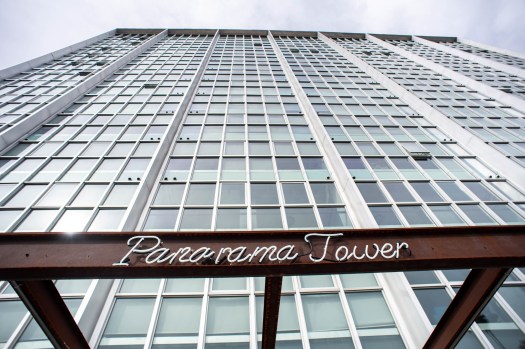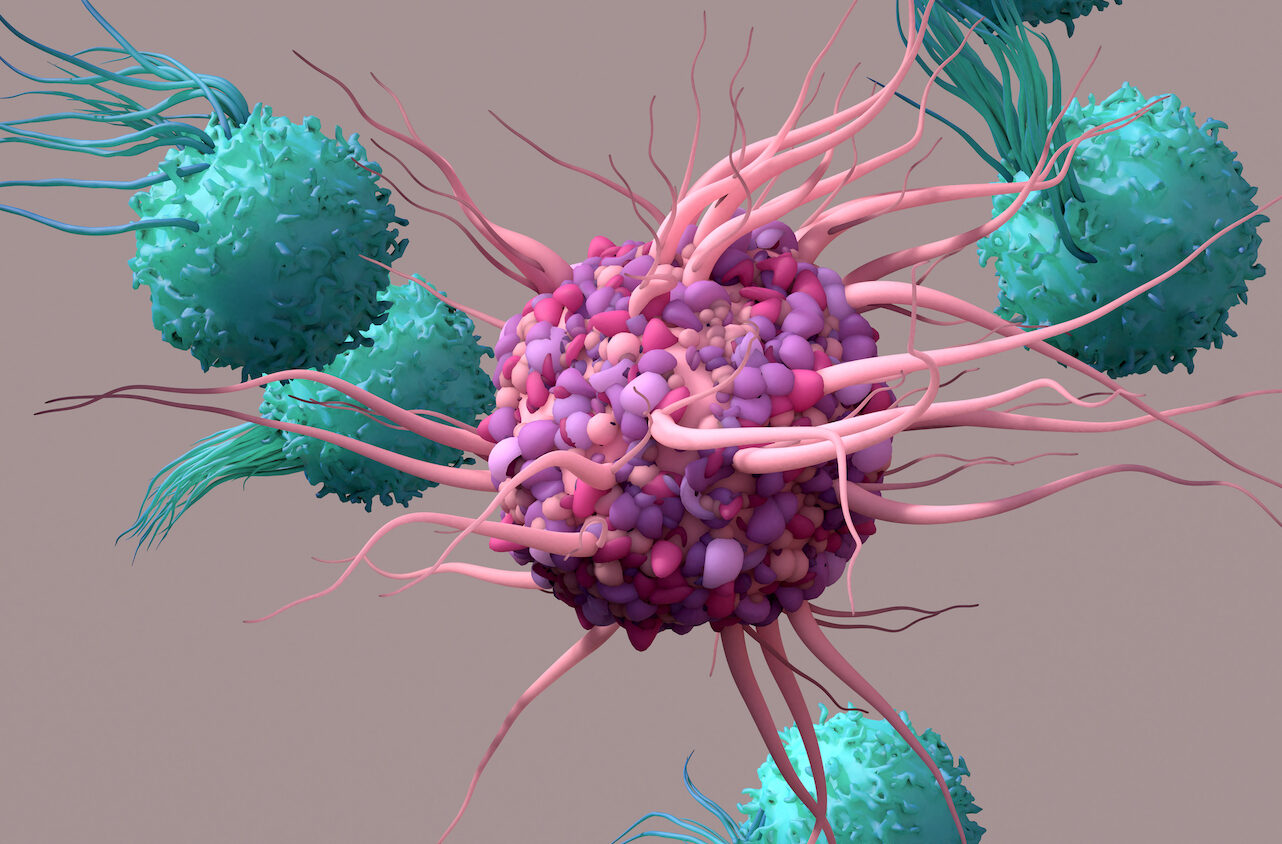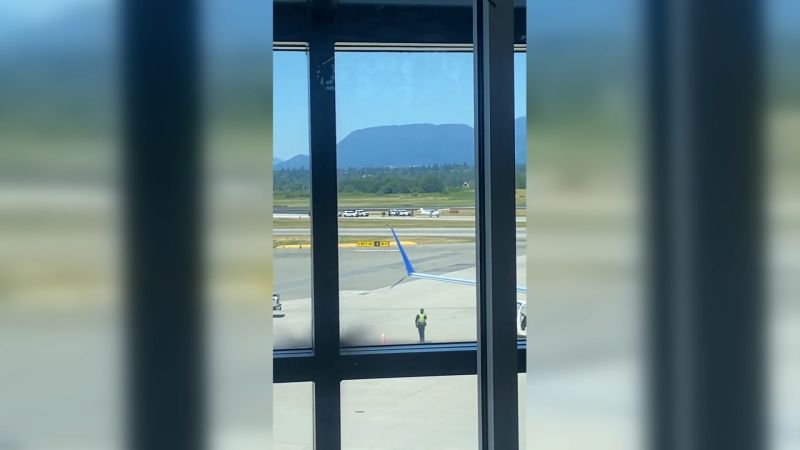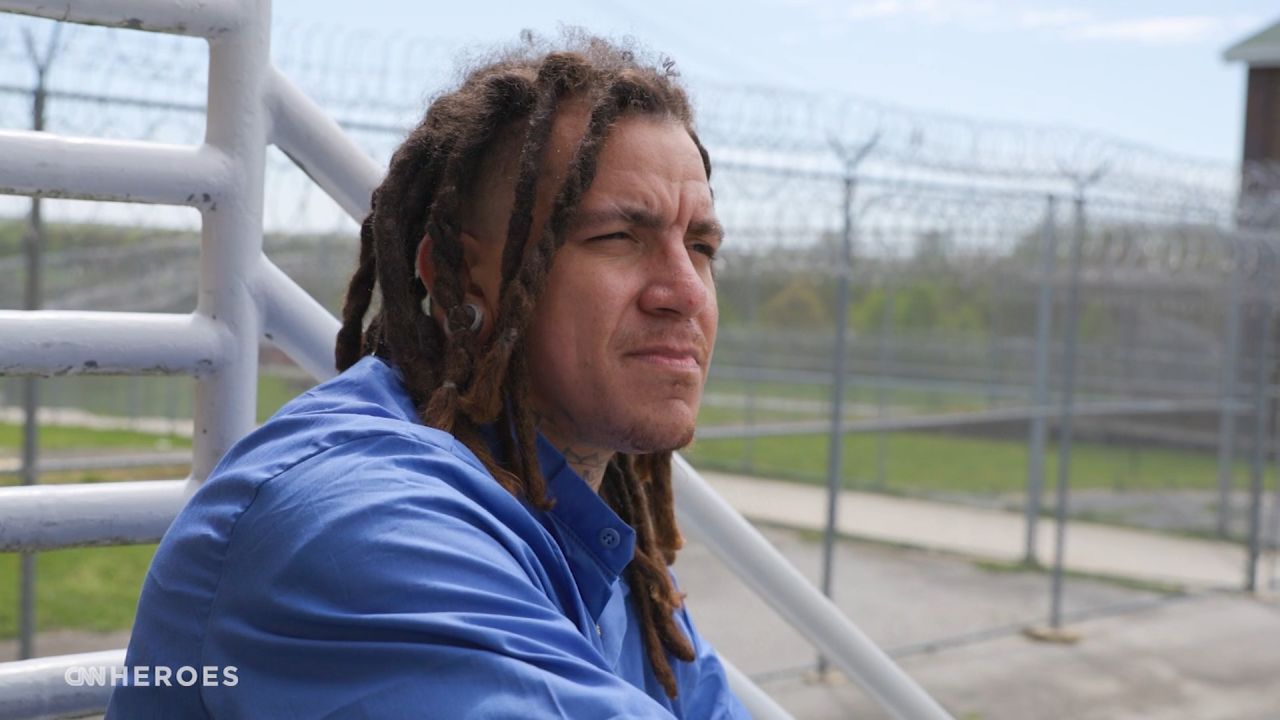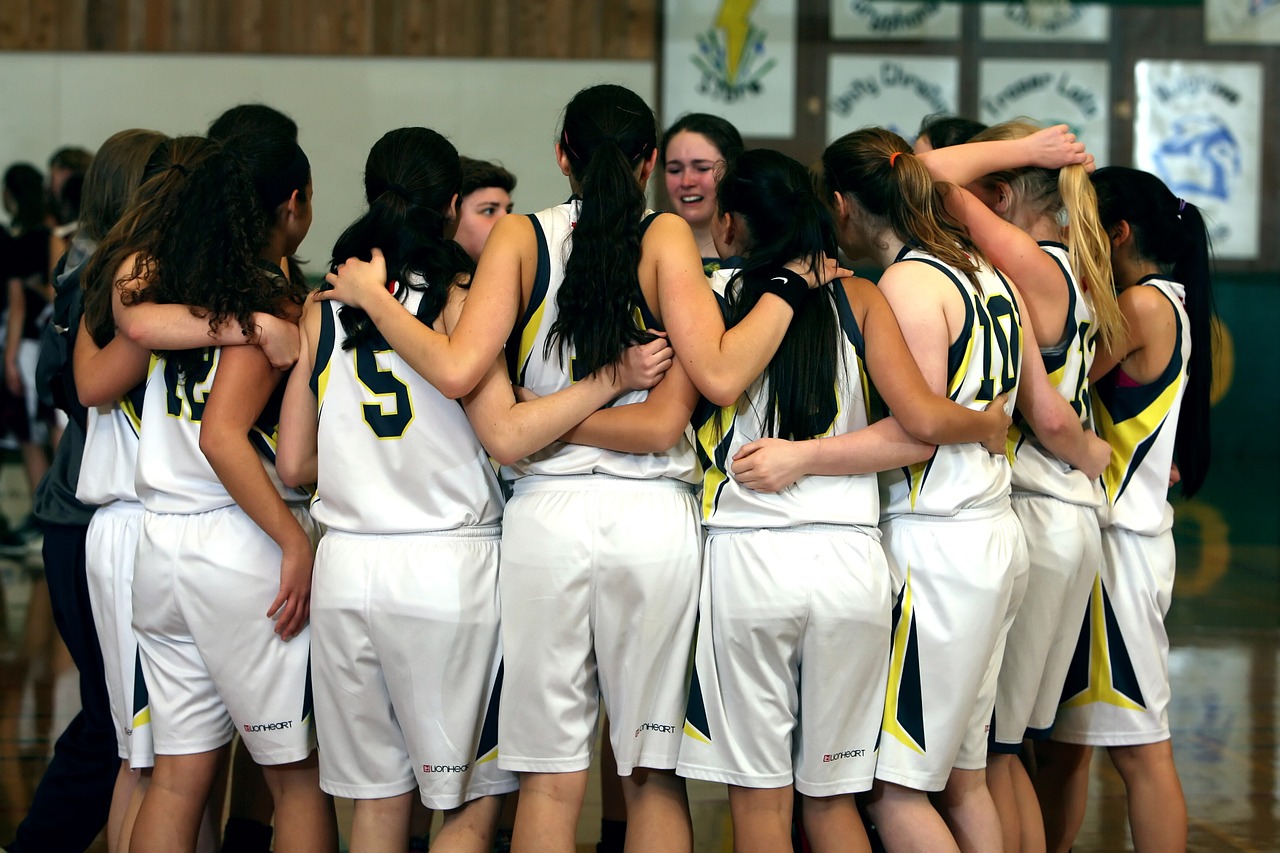Ukraine Faces Prolonged Conflict as Russia Intensifies Strikes
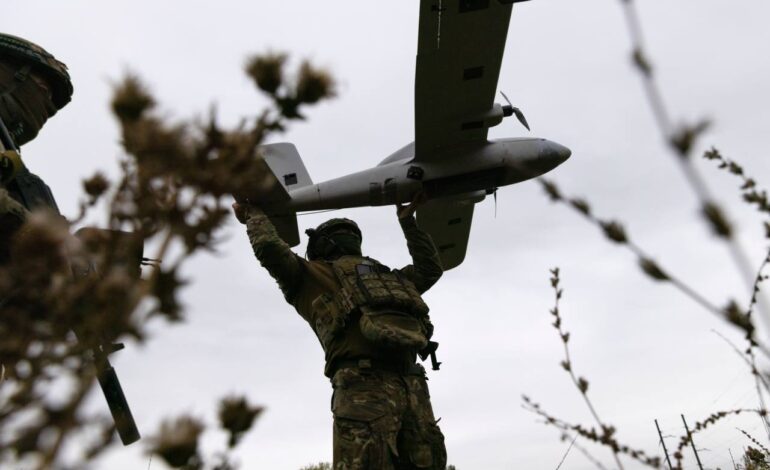
The conflict between Russia and Ukraine is entering a new and potentially prolonged phase as Russian President Vladimir Putin escalates long-range strikes on Ukrainian infrastructure. These attacks are becoming crucial as advances on the front lines stall, signaling a shift in tactics from both sides.
As of March 2024, the situation has intensified in key regions such as Kharkiv and Donetsk, where Russian forces have been attempting to consolidate their positions. Ukrainian military officials report that approximately 100,000 troops are now engaged in this ongoing conflict, with both sides showing signs of wear as the war approaches its second year.
Strategic Shift in Warfare
The focus on long-range strikes highlights a significant strategic shift in warfare dynamics. Ukrainian forces have begun to adapt by targeting supply lines and infrastructure vital to Russian operations. This includes attacking logistics hubs and communication lines to disrupt the flow of reinforcements. The conflict is now characterized by a blend of ground engagements and extensive artillery and missile strikes, which complicate the battlefield landscape.
According to NATO sources, Ukraine has received substantial support from Western allies, amounting to around $1.5 billion in military aid since the start of the year. This support includes advanced weaponry designed to bolster Ukraine’s defensive capabilities and enhance its offensive operations.
The European Union has also pledged to continue its backing, emphasizing the need for a united front against aggression. This collective support is seen as essential for Ukraine to maintain its sovereignty and territorial integrity.
Humanitarian Impact and Future Prospects
As the conflict drags on, the humanitarian impact is becoming increasingly severe. Millions of civilians are displaced, facing dire conditions in makeshift shelters or neighboring countries. International organizations are calling for increased humanitarian assistance, noting that the needs are growing as winter approaches.
The future of the conflict remains uncertain. Analysts predict that if the current trajectory continues, Ukraine could face a drawn-out war characterized by attrition and heavy reliance on international support. The implications for regional stability are profound, as neighboring countries watch closely and prepare for potential spillover effects.
While both sides appear entrenched in their positions, the shift in tactics could lead to new developments on the ground. As long-range strikes become more prevalent, the focus on critical infrastructure may alter the course of the war, making it essential for international observers to monitor the situation closely.
In this new phase, the resilience of both Ukrainian forces and civilian populations will be tested, as the world watches to see how this protracted conflict unfolds.

